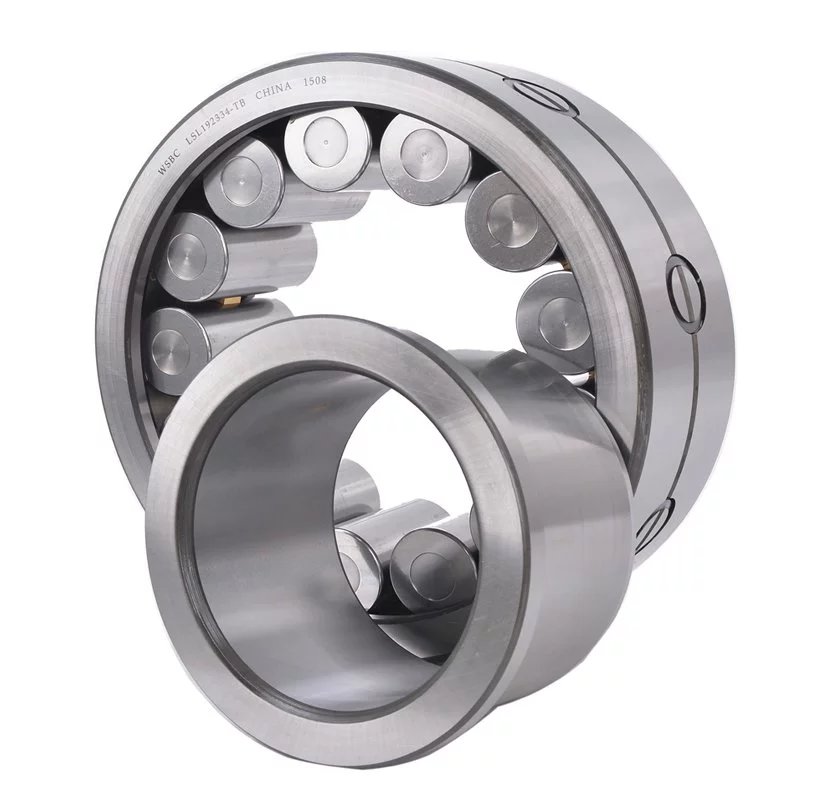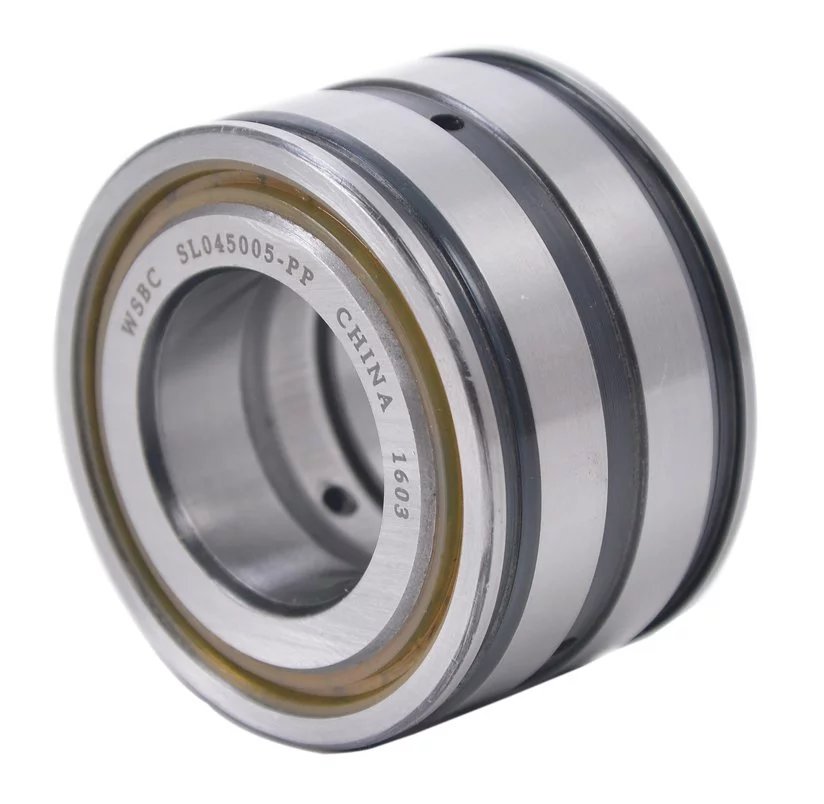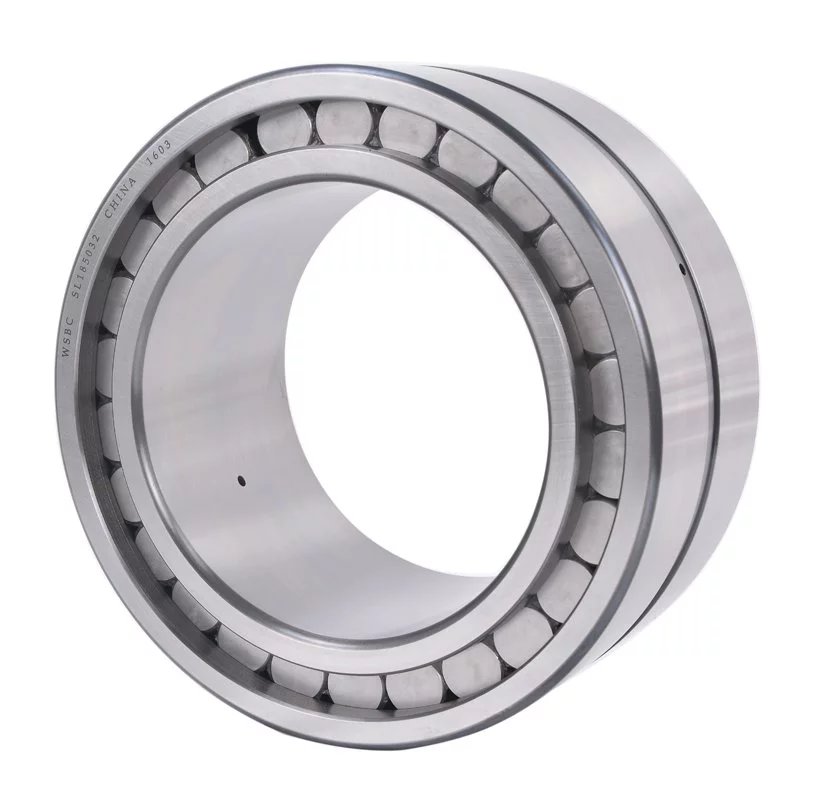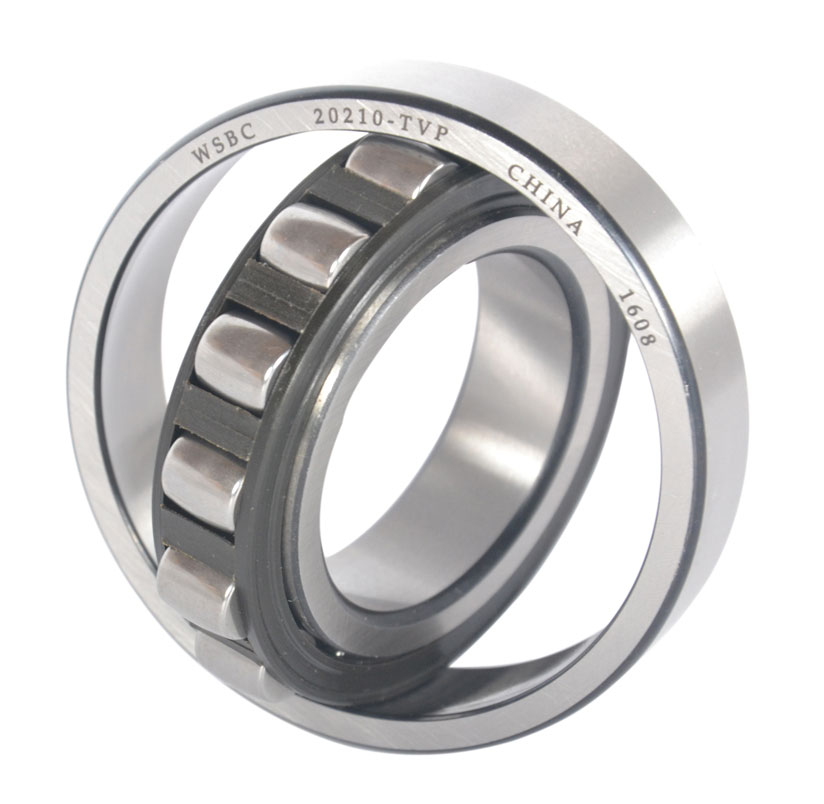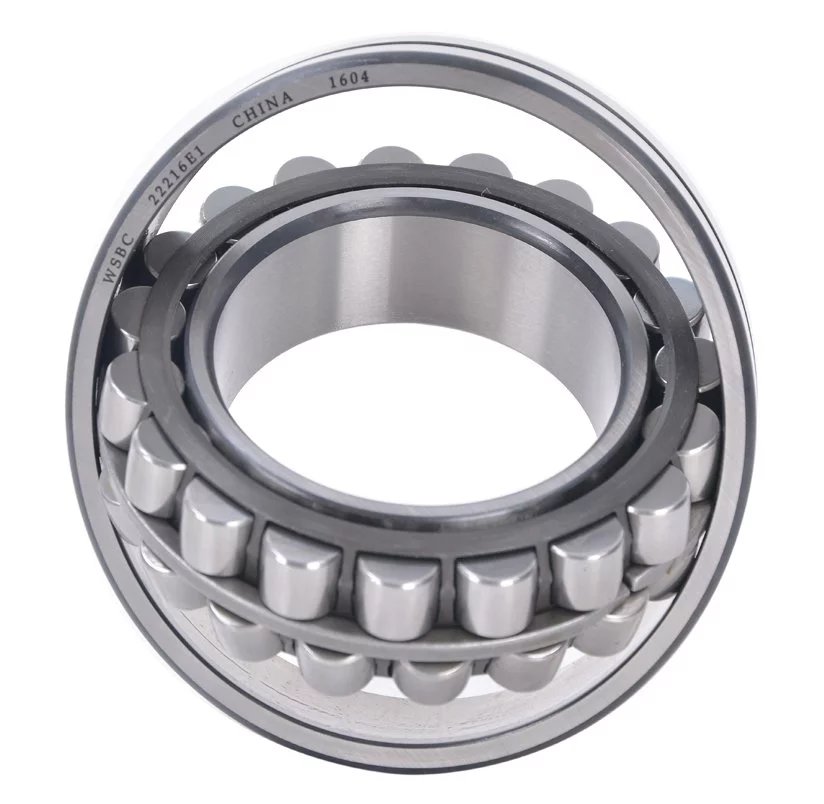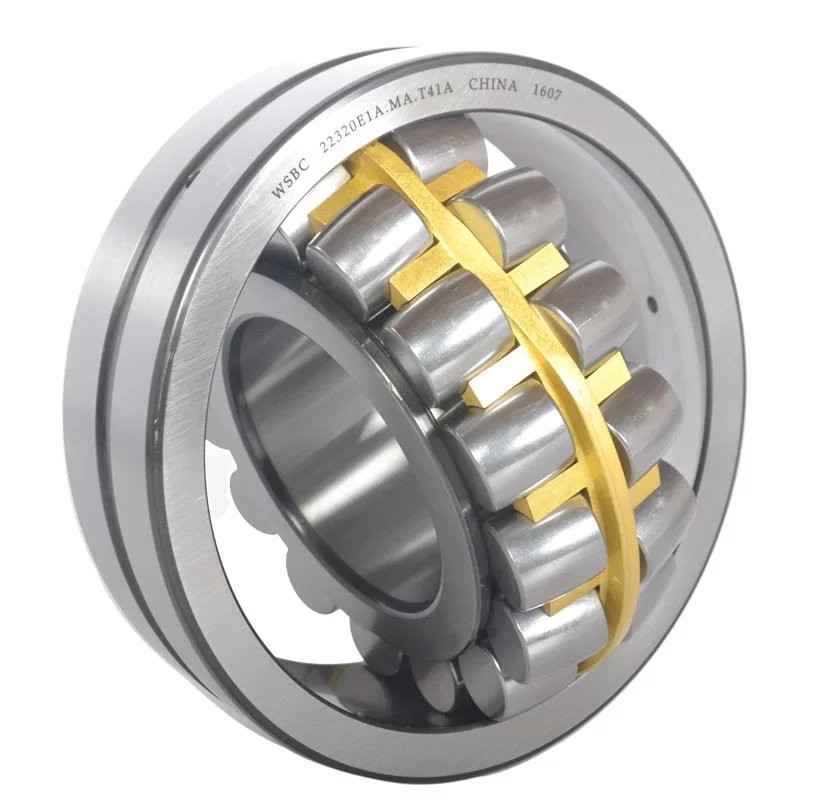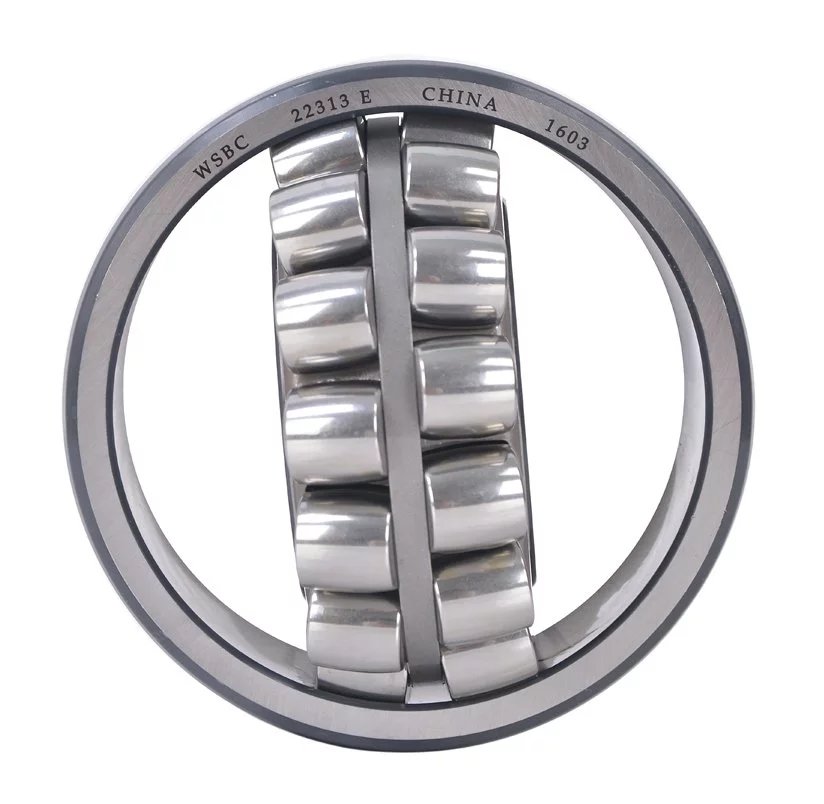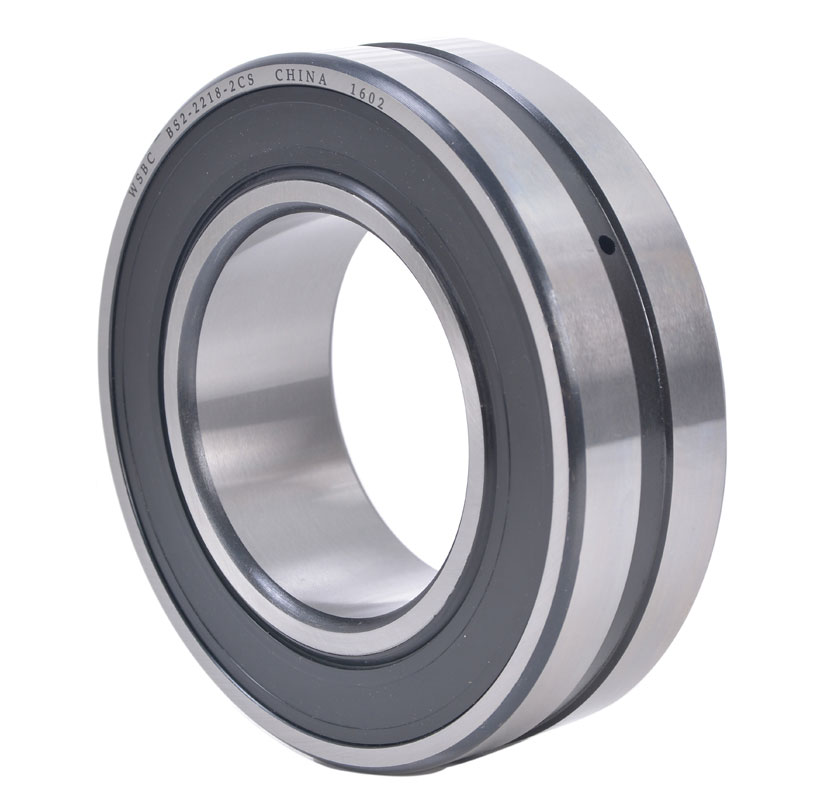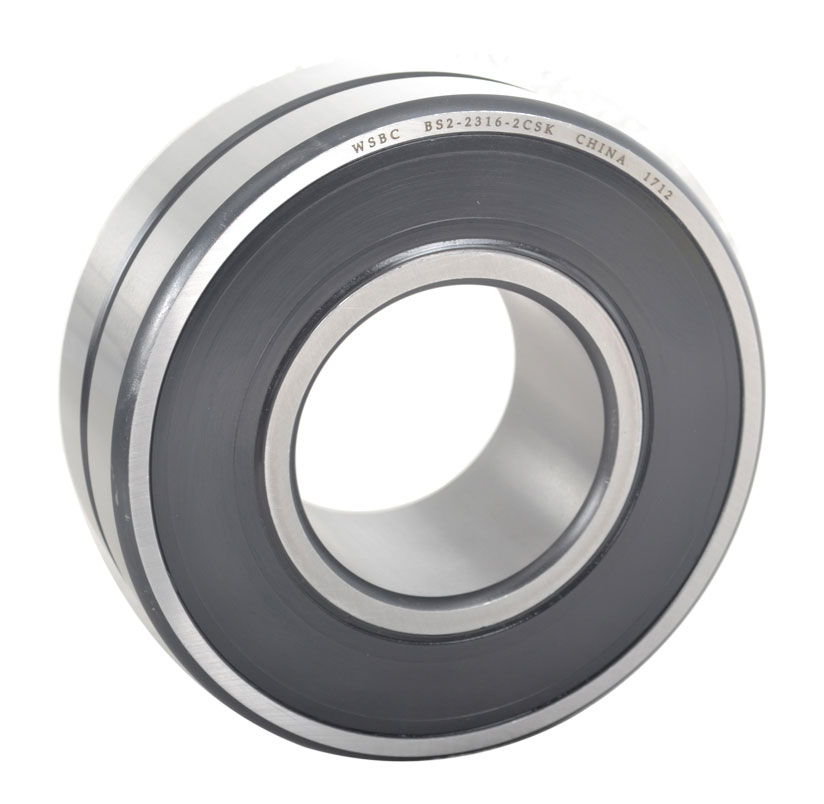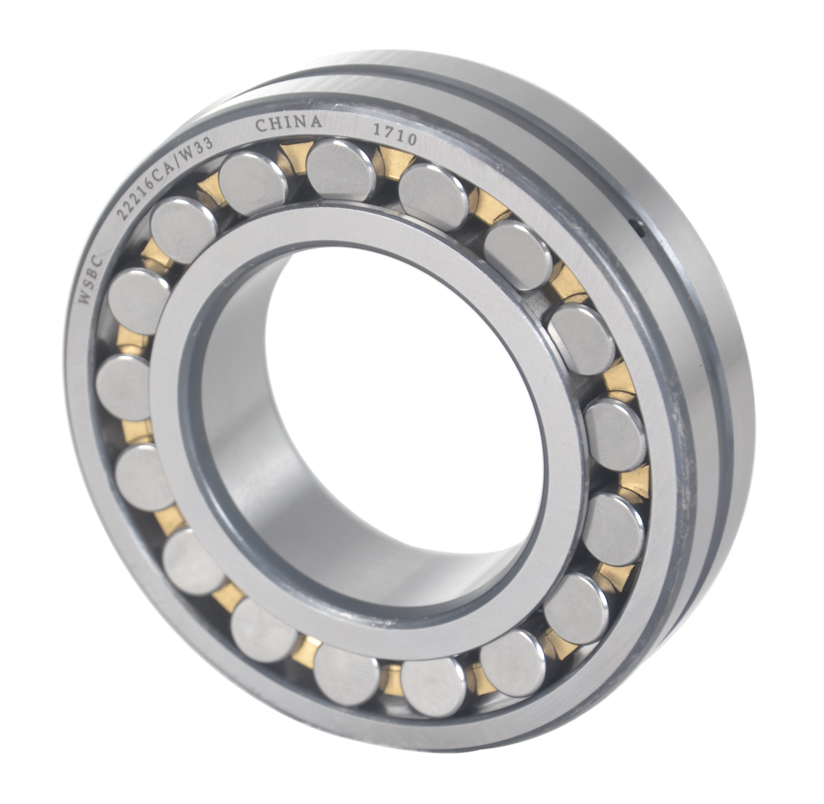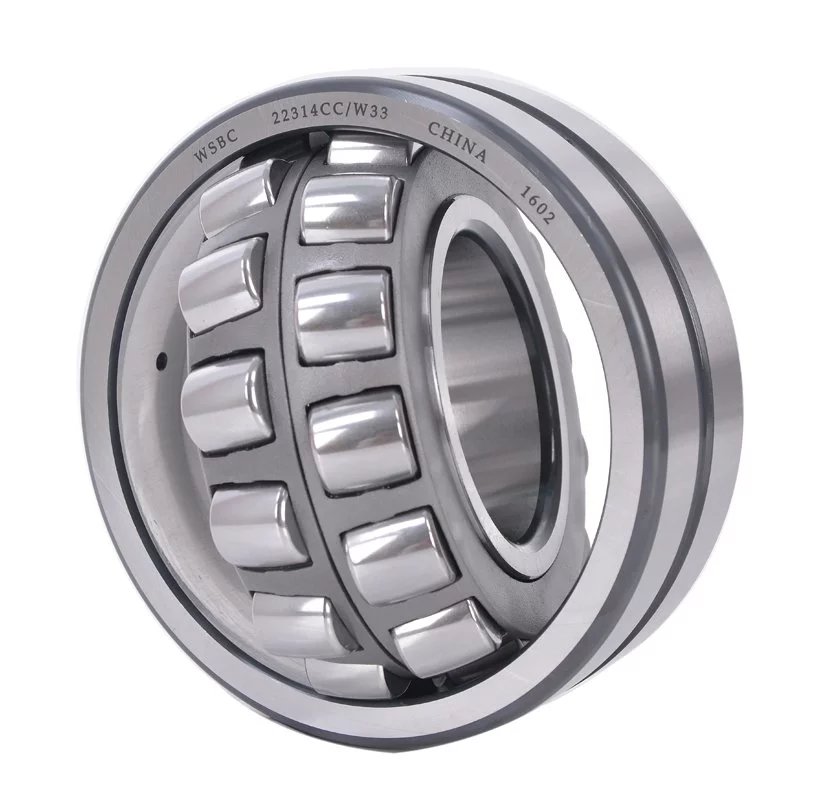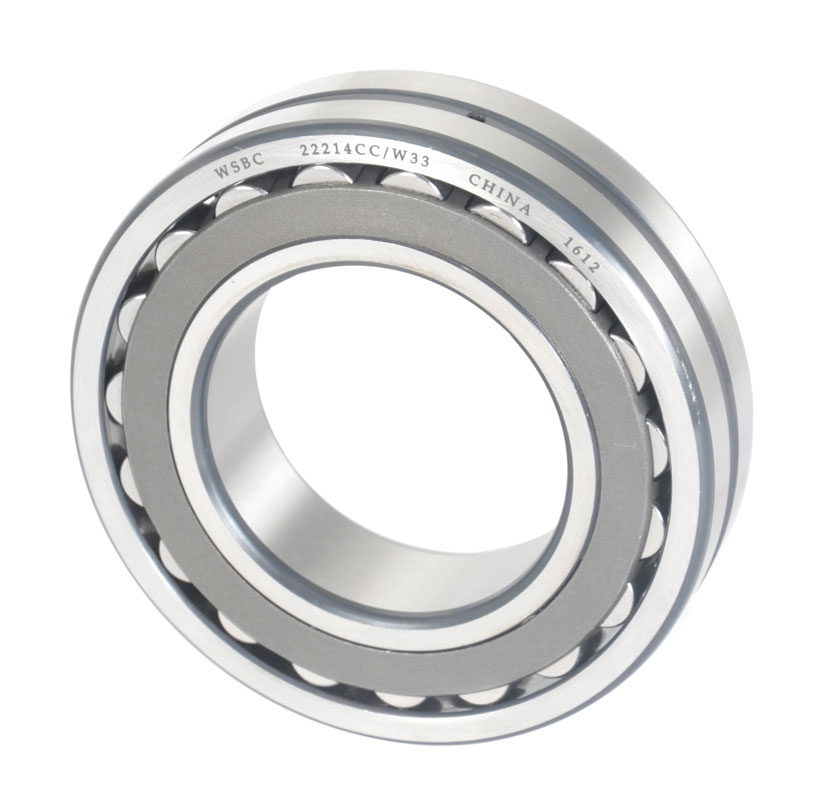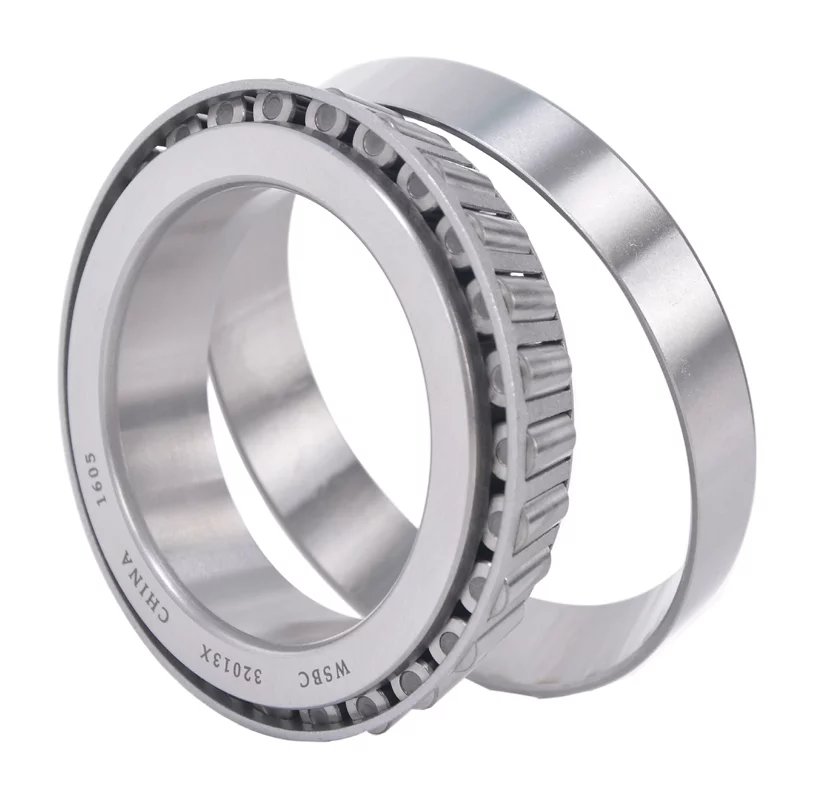News
Bearing Heat Treatment
Time:2021.04.29 Source:Roller Bearings Suppliers
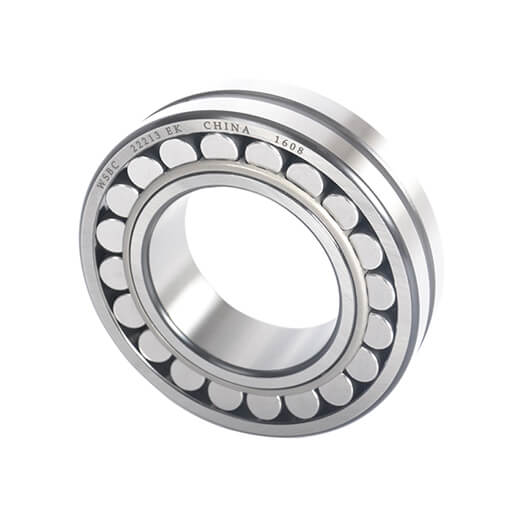
Bearing Heat Treatment
The heat treatment process mainly depends on their own practice, the heat treatment process should be combined with furnace type, furnace loading, cooling medium, workpiece size, workpiece shape and workpiece technical requirements and other factors related.
1. The annealing
Operation method: the steel heating to AC3 +30~50 degrees or AC1 +30~50 degrees or below the temperature of AC1 (can refer to the relevant information), generally with the furnace temperature slowly cooling.
Objective: 1. To reduce the hardness, improve the plasticity, improve the performance of cutting and pressure machining; 2.2. Refining grain and improving mechanical properties to prepare for the next step;3. Eliminate the internal stress caused by cold and hot processing.
Application points: 1. It is suitable for the forgings and welds of alloy structural steel, carbon tool steel, alloy tool steel, and high-speed steel as well as the unqualified raw materials in the supply state; 2.2. Annealing is generally carried out in the blank state.
2. Normalizing
Operation method: heat the steel parts to AC3 or ACCM above 30~50 degrees, after heat insulation, the cooling rate is slightly higher than that of annealing.
Objective: 1. To reduce the hardness, improve the plasticity, improve the performance of cutting and pressure machining; 2.2. Refining grain and improving mechanical properties to prepare for the next step;3. Eliminate the internal stress caused by cold and hot processing. Need WSBC 22224-E1, click here to learn more.
Application points: normalizing is usually used as a pre-heat treatment procedure for forgings, welds and carburized parts. It can also be used as a final heat treatment for low carbon and medium carbon structural steels and low alloy steels with low-performance requirements. For ordinary medium and high alloy steels, air cooling can lead to complete or partial hardening and therefore cannot be used as a final heat treatment procedure.
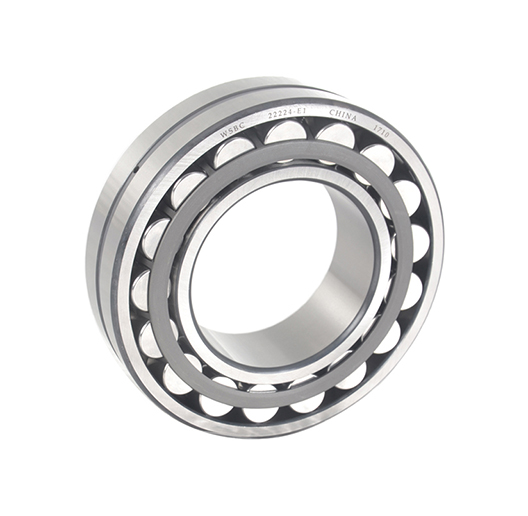
3. The quenching
Operation: Heated steel parts to phase change temperature AC3 or above AC1, keep them warm for a period of time, and then cool them quickly in water, saltpeter, oil, or air.
Objective: Quenching is generally to obtain a high hardness martensite structure, sometimes for some high alloy steel (such as stainless steel, wear-resistant steel) quenching, it is to obtain a single uniform austenite structure, to improve the wear resistance and corrosion resistance.
Application points: 1. Generally used in carbon steel and alloy steel with a carbon content greater than 0.3%;2. Quenching can give full play to the strength and wear resistance potential of steel, but at the same time, it will cause great internal stress, reduce the plasticity and impact toughness of steel, so it is necessary to temper to get better comprehensive mechanical properties.
4. The tempering
Operation method: the hardened steel parts are reheated to a temperature below AC1, and then cooled in air, oil, hot water and water after heat preservation.
Objective: 1. Reduce or eliminate the internal stress after quenching, reduce the deformation and cracking of the workpiece; 2.2. Adjust the hardness, improve the plasticity and toughness, to obtain the mechanical properties required by the work;3. Stabilize the workpiece size.
Application points: 1. Use low-temperature tempering to maintain the high hardness and wear resistance of the steel after quenching; Intermediate tempering is used to improve the elasticity and yield strength of the steel under the condition of maintaining a certain toughness. To maintain high impact toughness and plasticity, and have enough strength with high-temperature tempering;2 general steel as far as possible to avoid in 230~280 degrees, stainless steel in 400~450 degrees between the tempering, because this will produce a tempering brittleness.
5. Conditioning
Operation method: after quenching, high-temperature tempering is called tempering and tempering, that is, the steel heating to 10~20 degrees higher than the temperature of quenching, quenching after insulation, and then tempering at the temperature of 400~720 degrees.
Objective: 1. To improve the machining performance and the smoothness of the machined surface;2. Reduce the deformation and cracking during quenching;3. Good comprehensive mechanical properties are obtained.
Application points: 1. It is suitable for alloy structural steels, alloy tool steels and high-speed steels with high hardenability;2. It can not only be used as the final heat treatment of various more important structures but also can be used as the pre-heat treatment of some tight parts, such as lead screw, to reduce deformation.
6.Limitation
Operation method: heat the steel parts to 80~200 degrees, keep them warm for 5~20 hours or longer and then cool them in the air with the furnace.
Objective: 1. Stabilize the microstructure of steel parts after quenching and reduce the deformation during storage or use; 2.2. Reduce the internal stress after quenching and grinding, and stabilize the shape and size.
Application points: 1. Suitable for all kinds of steel after quenching;2. It is often used for tight workpieces that require shape no longer to change, such as tight lead screw, measuring tools, bed chassis, etc.
7. Cold treatment
Operation method: quenched steel parts, in low-temperature medium (such as dry ice, liquid nitrogen) to -60 ~ -80 degrees or lower, uniform temperature after taking out the temperature to room temperature.
Objective: 1.All or most of the residual austenite in the hardened steel parts can be converted into martensite, so as to improve the hardness, strength, wear-resistance and fatigue limit of the steel parts.2.Stabilize the structure of the steel to stabilize the shape and size of steel parts. Click here to learn more about WSBC 22222-E1-K.
Application points: 1.Cold treatment should be carried out immediately after quenching, and then by low-temperature tempering, to eliminate the internal stress of low-temperature cooling;2. Cold treatment is mainly suitable for alloy steel compact cutting tools, measuring tools and compact parts.
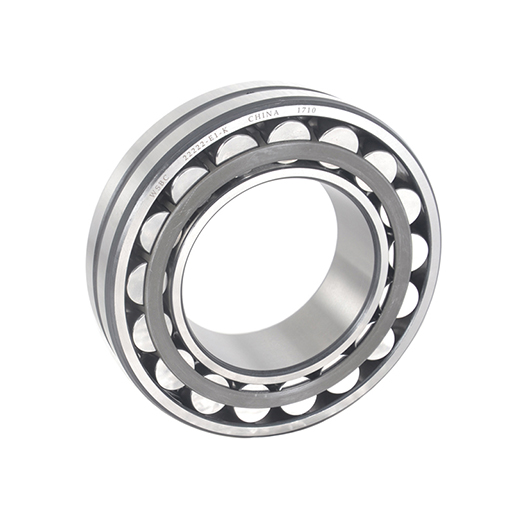
8.Flame heating quenches the surface
Operation method: using the flame of oxygen-acetylene mixed gas combustion, spray to the surface of the steel parts, rapid heating when the quenching temperature is reached immediately after cooling water.
Objective: To improve the surface hardness, wear-resistance and fatigue strength of steel parts, and keep the core toughness.
Application points: 1.Used for medium carbon steel parts, generally quenching layer depth of 2 ~ 6mm;2. It is suitable for large workpieces produced in single or small batches and workpieces requiring local quenching.
According to the function of the workpiece, use requirements to choose the heat treatment process. For example: if it is the production of cold stamping die, its punch, die is required hardness, so, should choose quenching + low temperature tempering heat treatment process; If it is made of spring, its performance is to need good elasticity, so you should choose the middle-temperature tempering process; For some shaft processing, it is necessary to have internal toughness, and the surface needs to have hardness, then you need to choose the overall shaft quenching and tempering, and then the working part of the shaft surface quenching, in order to increase the hardness of the surface, its internal and not lose toughness. The heat treatment of the gear is also like this. Only the tooth of the gear is quenched at high frequency to increase the hardness of the tooth. The gear itself has the toughness and can resist the impact load.
Wuxi Spark Bearing Co., Ltd (Aka Spark Bearings) is the complete, one-stop Roller Bearings supplier & manufacturer. All products are qualified and have passed the ISO 9001 qualification. Here are some popular types of Angular Contact Ball Bearings, Send a quote and get the latest price of cheap bearings from Spark Bearings.
Hot Topics
Copyright © Wuxi Spark Bearings Co.,Ltd Co., Ltd All Rights Reserved. Sitemap
www.spark-bearing.com. Profession in Roller Bearings, Ball Bearings and Taper Toller Bearings-China Suppliers.
